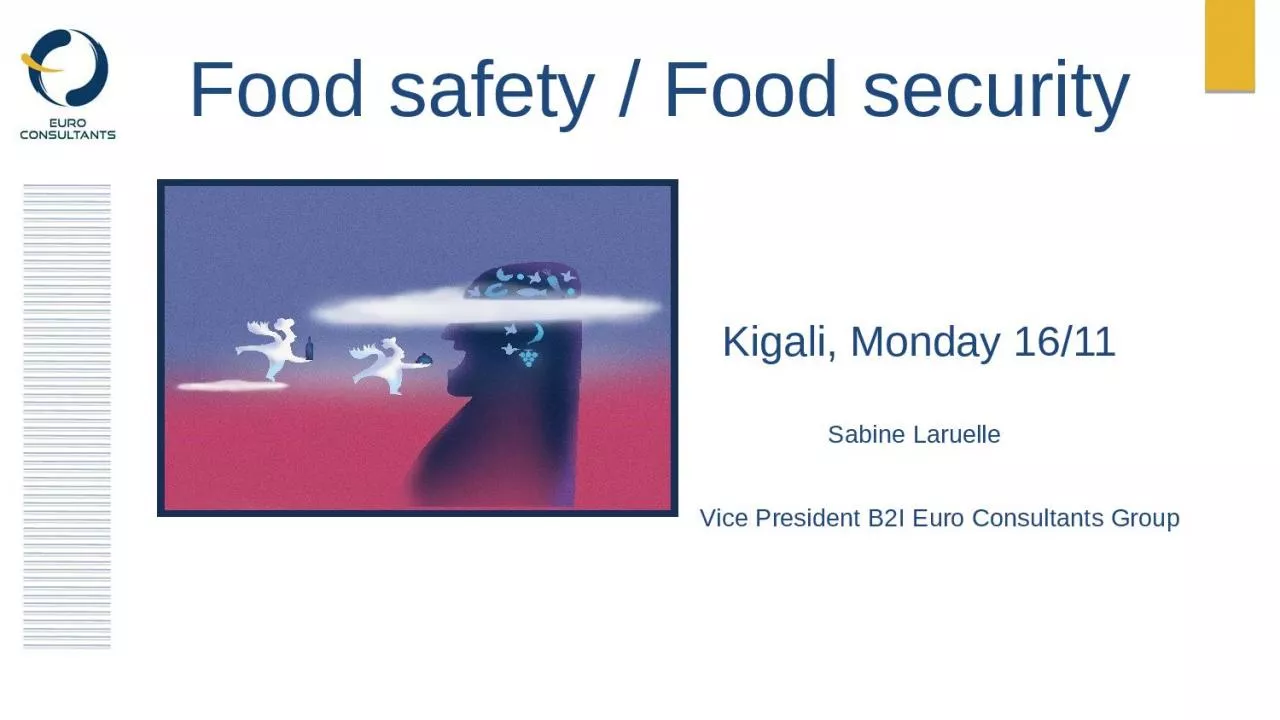PPT-
Author : leusemij | Published Date : 2020-08-29
Kigali Monday 1611 Sabine Laruelle Vice President B2I Euro Consultants Group 1 Feeding 9 billion in 2050 9 billion in 2050 60 increase
Presentation Embed Code
Download Presentation
Download Presentation The PPT/PDF document "" is the property of its rightful owner. Permission is granted to download and print the materials on this website for personal, non-commercial use only, and to display it on your personal computer provided you do not modify the materials and that you retain all copyright notices contained in the materials. By downloading content from our website, you accept the terms of this agreement.
: Transcript
Kigali Monday 1611 Sabine Laruelle Vice President B2I Euro Consultants Group 1 Feeding 9 billion in 2050 9 billion in 2050 60 increase.
Download Document
Here is the link to download the presentation.
""The content belongs to its owner. You may download and print it for personal use, without modification, and keep all copyright notices. By downloading, you agree to these terms.
Related Documents

